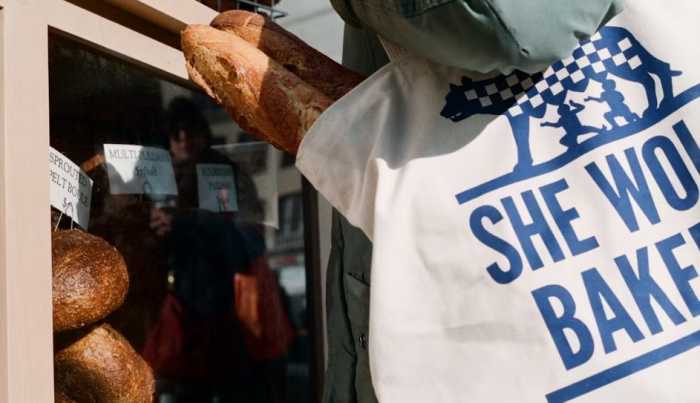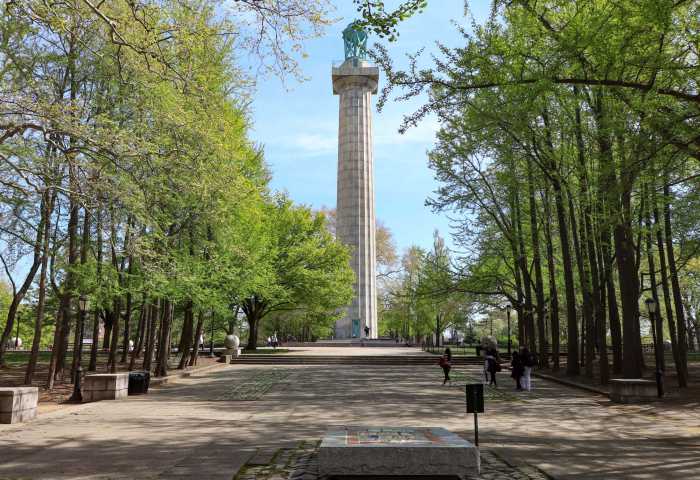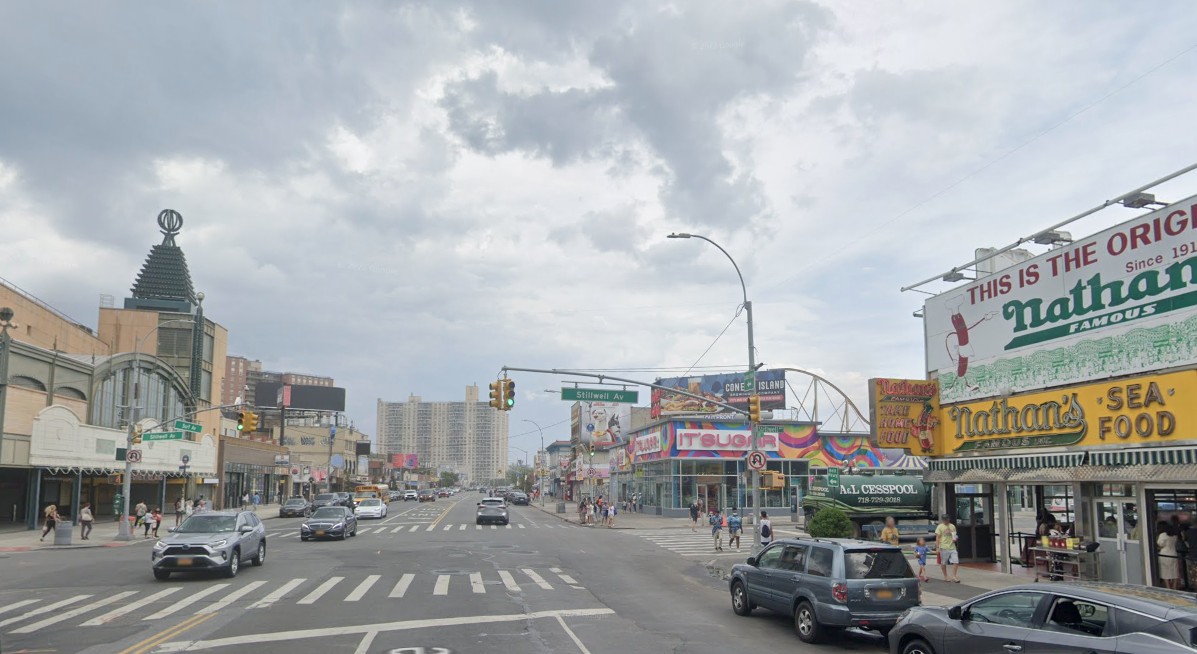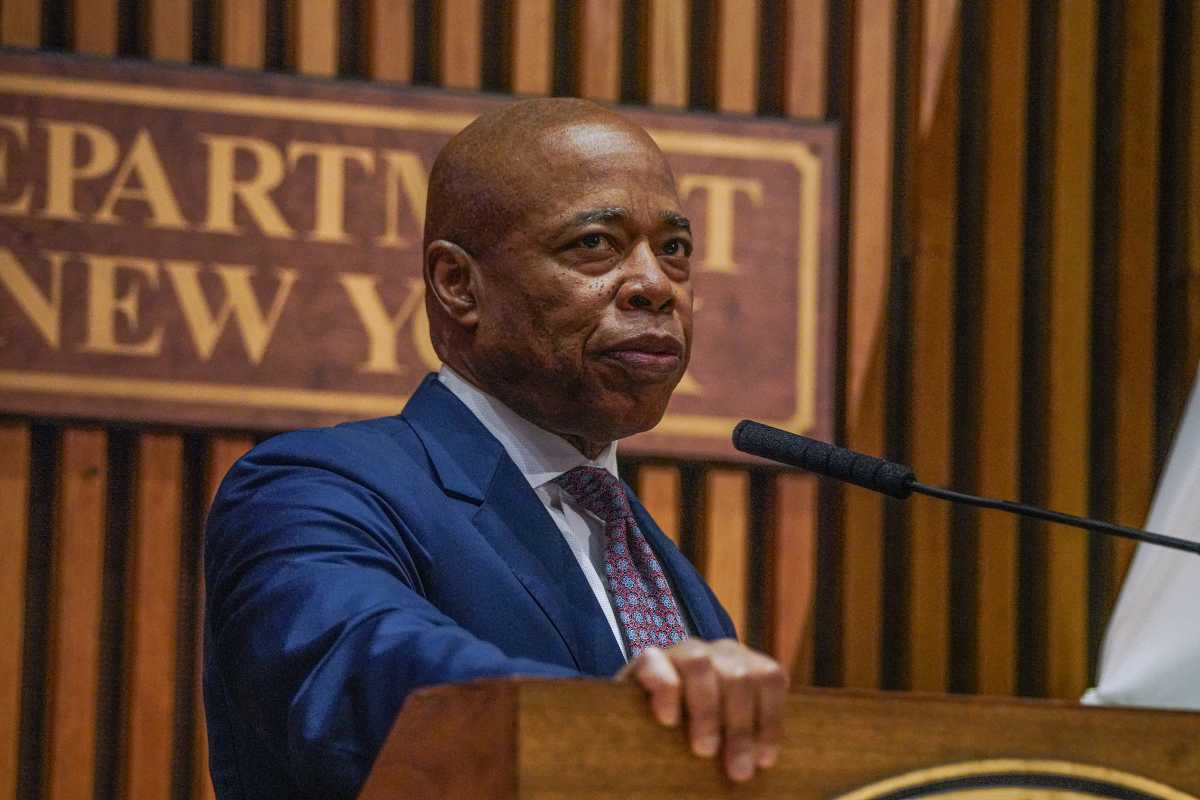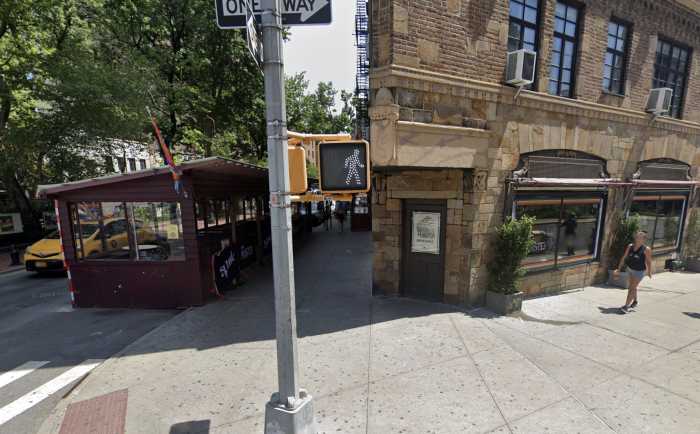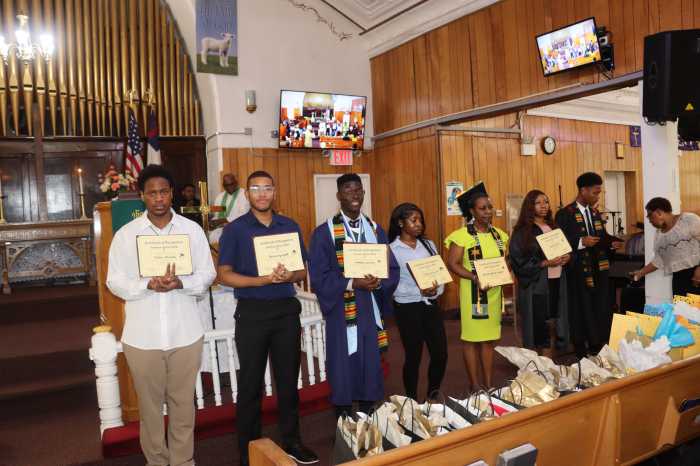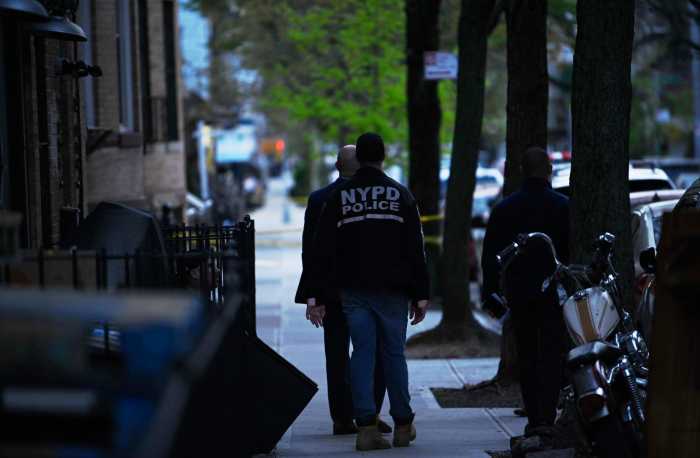Fort Greene activists are hatching a plan to transform their stately brownstone neighborhood into something that would make Al Gore proud.
Still in its incubation, the idea is to harness the do-gooding power of the Fort Greene Association and other groups to cut down on the neighborhood’s use of power, and thereby reduce carbon emissions — which are the main culprit in that no-longer-debated phenomenon of global warming.
At last Saturday’s Greenmarket on Washington Park, the Association set up a (human-powered) table to begin recruiting volunteers. Quickly, 85 people expressed interest in helping kick-start a greening initiative, which, admittedly, is still rather vague.
“There’s a whole wave of interest,” said Phillip Kellogg, the Association’s chair.
The incipient plan calls for a volunteer effort to switch to non-polluting sources of energy through Con Edison; work with elementary schools to plant more trees as part of a class project; replace incandescent light bulbs with fluorescent bulbs; and promote recycling by placing bins in public places, encouraging composting and developing “architectural best practices.”
It’s the brainchild of Fort Greene Association board member Jed Marcus, and DK Holland, one of the founders of the Hill, a neighborhood journal distributed about twice a year.
“You have to look at yourself and see what you’re doing to green your own neighborhood,” said Holland, a Fort Greene resident, who’s hoping to enlist the support of Clinton Hill residents, too.
Holland has followed her own advice by replacing light bulbs, setting her lights to timers, and the like. She’s also using the Web site, www.green.yahoo.com to monitor her personal carbon footprint and reduce the tonnage the climate-changing gas that her activities produce each year.


